BUS702 Report: Analysis of Elasticity, Fiscal, and Monetary Policies
VerifiedAdded on 2020/04/29
|7
|843
|85
Report
AI Summary
This report analyzes the impact of price elasticity of demand on food categories, exploring the effects of taxation and subsidies on consumer behavior. It examines the role of government spending in stimulating aggregate demand during economic depressions, as per Keynesian economics, and the effects of fiscal contraction in developed countries like Australia. The report also discusses the IS-LM model and the influence of monetary policy on investment and aggregate demand. It highlights the risks and effectiveness of fiscal policy, particularly when government spending is directed towards productive investments, and contrasts this with the short-run effectiveness of monetary policy due to its lack of a time-lag.
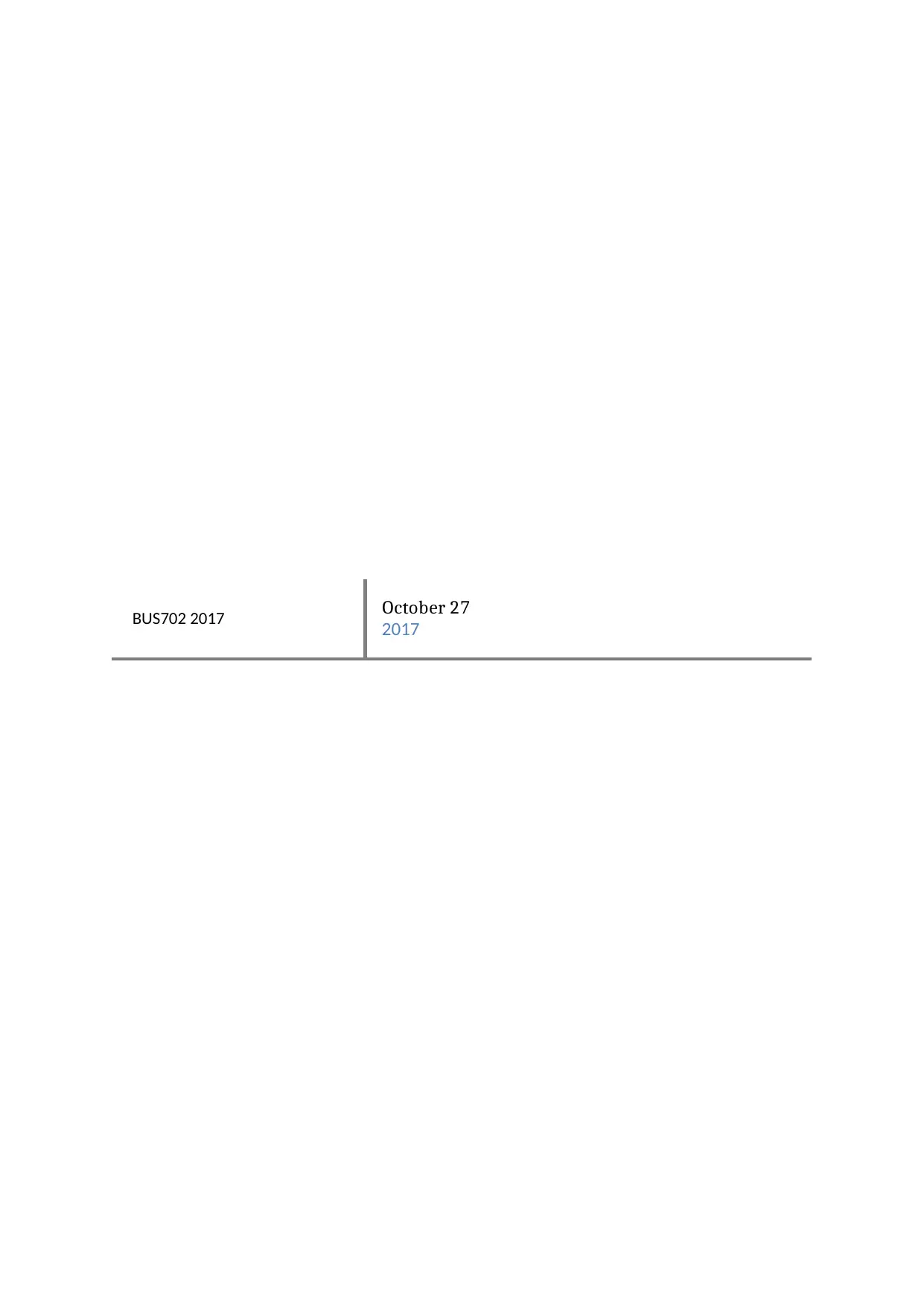
BUS702 2017 October 27
2017
2017
Paraphrase This Document
Need a fresh take? Get an instant paraphrase of this document with our AI Paraphraser
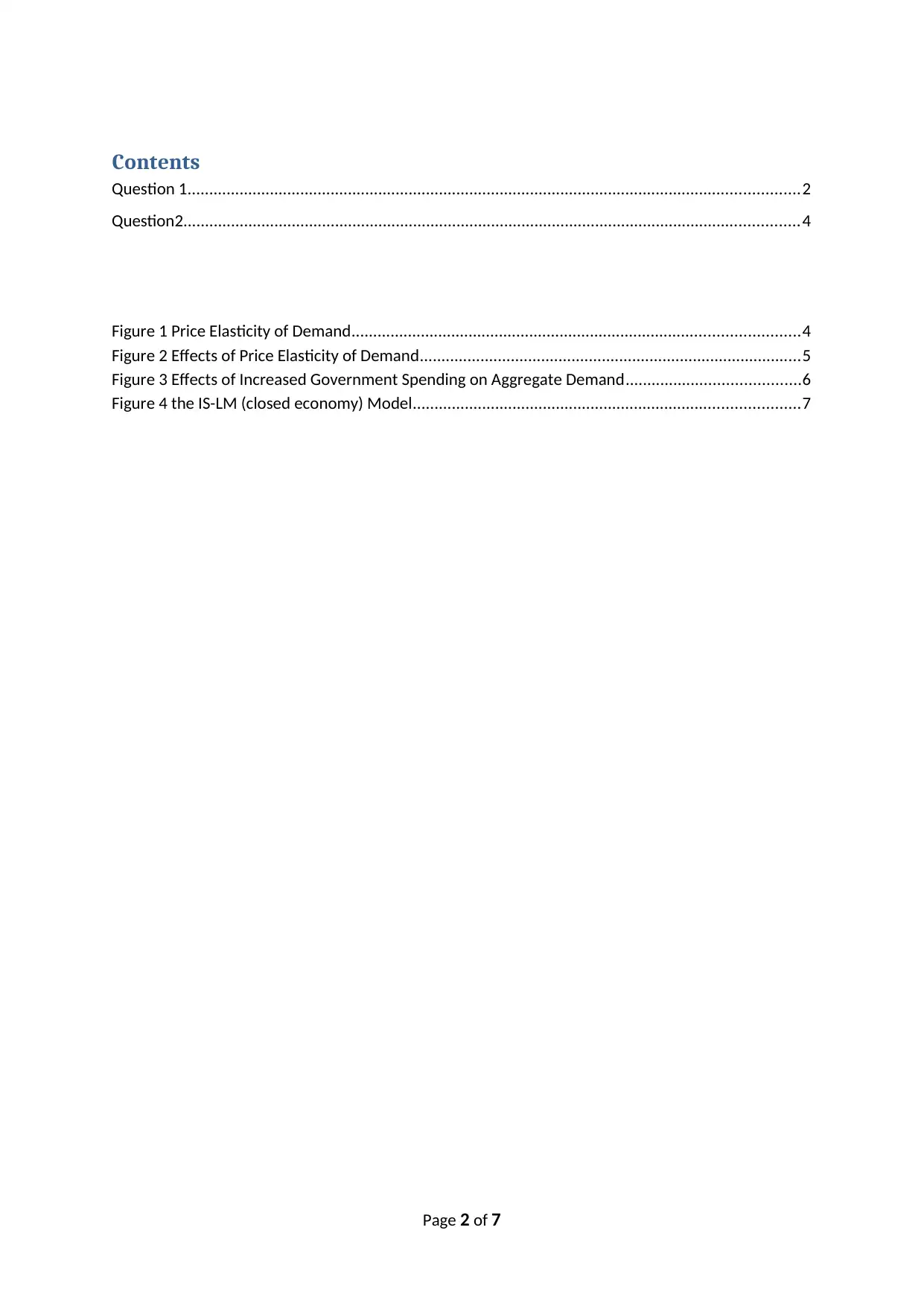
Contents
Question 1.............................................................................................................................................2
Question2..............................................................................................................................................4
Figure 1 Price Elasticity of Demand.......................................................................................................4
Figure 2 Effects of Price Elasticity of Demand........................................................................................5
Figure 3 Effects of Increased Government Spending on Aggregate Demand........................................6
Figure 4 the IS-LM (closed economy) Model.........................................................................................7
Page 2 of 7
Question 1.............................................................................................................................................2
Question2..............................................................................................................................................4
Figure 1 Price Elasticity of Demand.......................................................................................................4
Figure 2 Effects of Price Elasticity of Demand........................................................................................5
Figure 3 Effects of Increased Government Spending on Aggregate Demand........................................6
Figure 4 the IS-LM (closed economy) Model.........................................................................................7
Page 2 of 7
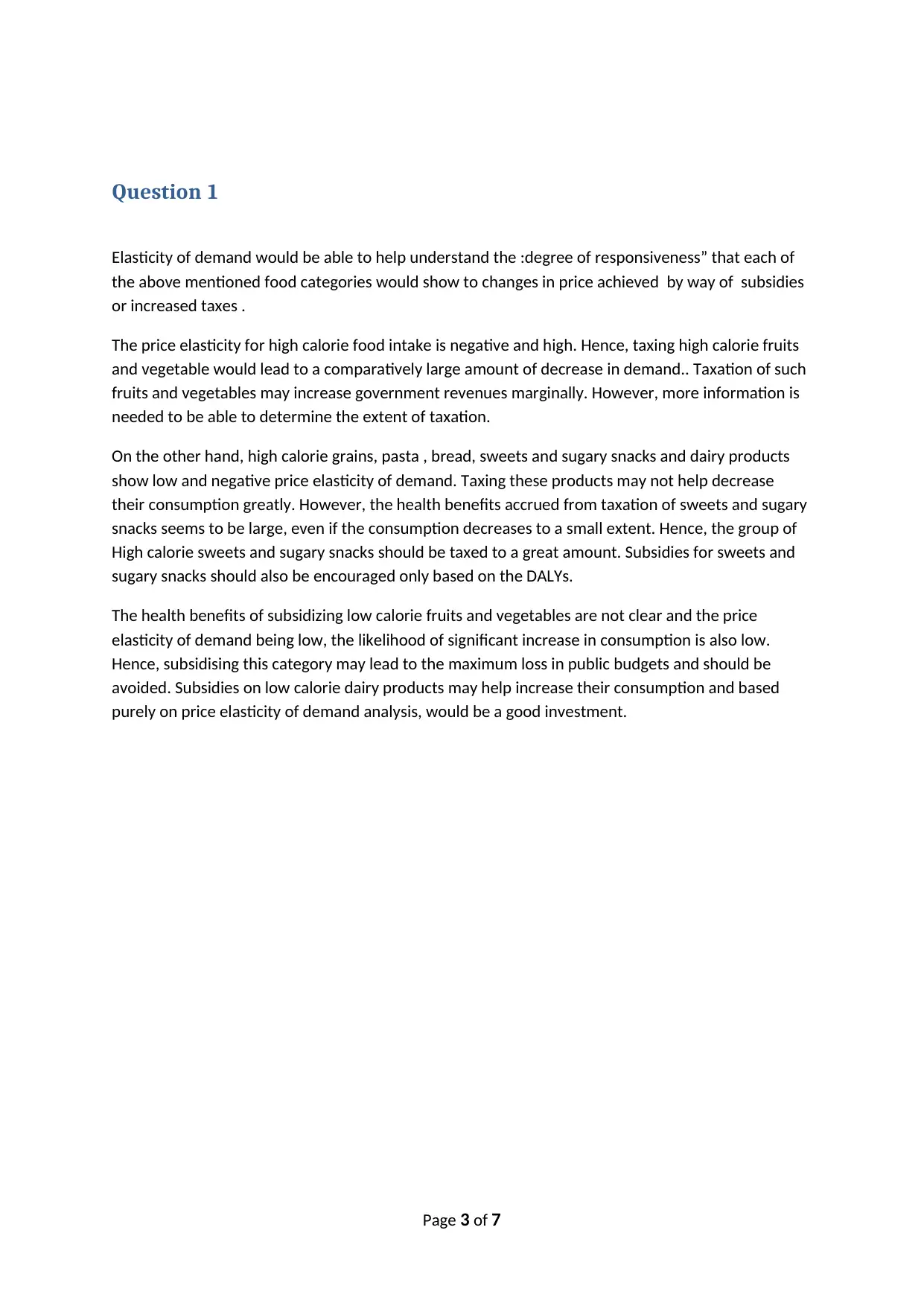
Question 1
Elasticity of demand would be able to help understand the :degree of responsiveness” that each of
the above mentioned food categories would show to changes in price achieved by way of subsidies
or increased taxes .
The price elasticity for high calorie food intake is negative and high. Hence, taxing high calorie fruits
and vegetable would lead to a comparatively large amount of decrease in demand.. Taxation of such
fruits and vegetables may increase government revenues marginally. However, more information is
needed to be able to determine the extent of taxation.
On the other hand, high calorie grains, pasta , bread, sweets and sugary snacks and dairy products
show low and negative price elasticity of demand. Taxing these products may not help decrease
their consumption greatly. However, the health benefits accrued from taxation of sweets and sugary
snacks seems to be large, even if the consumption decreases to a small extent. Hence, the group of
High calorie sweets and sugary snacks should be taxed to a great amount. Subsidies for sweets and
sugary snacks should also be encouraged only based on the DALYs.
The health benefits of subsidizing low calorie fruits and vegetables are not clear and the price
elasticity of demand being low, the likelihood of significant increase in consumption is also low.
Hence, subsidising this category may lead to the maximum loss in public budgets and should be
avoided. Subsidies on low calorie dairy products may help increase their consumption and based
purely on price elasticity of demand analysis, would be a good investment.
Page 3 of 7
Elasticity of demand would be able to help understand the :degree of responsiveness” that each of
the above mentioned food categories would show to changes in price achieved by way of subsidies
or increased taxes .
The price elasticity for high calorie food intake is negative and high. Hence, taxing high calorie fruits
and vegetable would lead to a comparatively large amount of decrease in demand.. Taxation of such
fruits and vegetables may increase government revenues marginally. However, more information is
needed to be able to determine the extent of taxation.
On the other hand, high calorie grains, pasta , bread, sweets and sugary snacks and dairy products
show low and negative price elasticity of demand. Taxing these products may not help decrease
their consumption greatly. However, the health benefits accrued from taxation of sweets and sugary
snacks seems to be large, even if the consumption decreases to a small extent. Hence, the group of
High calorie sweets and sugary snacks should be taxed to a great amount. Subsidies for sweets and
sugary snacks should also be encouraged only based on the DALYs.
The health benefits of subsidizing low calorie fruits and vegetables are not clear and the price
elasticity of demand being low, the likelihood of significant increase in consumption is also low.
Hence, subsidising this category may lead to the maximum loss in public budgets and should be
avoided. Subsidies on low calorie dairy products may help increase their consumption and based
purely on price elasticity of demand analysis, would be a good investment.
Page 3 of 7
⊘ This is a preview!⊘
Do you want full access?
Subscribe today to unlock all pages.

Trusted by 1+ million students worldwide
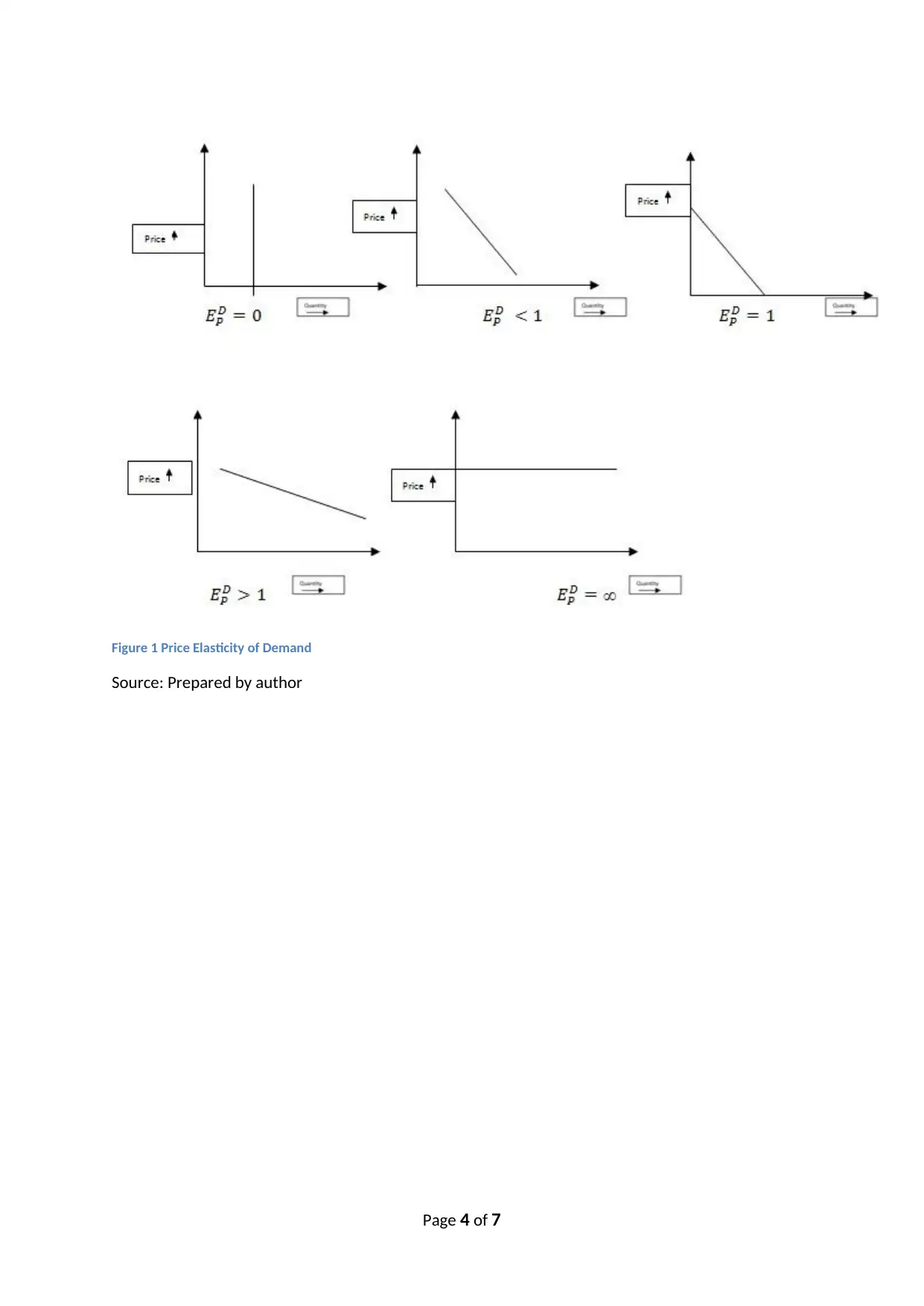
Figure 1 Price Elasticity of Demand
Source: Prepared by author
Page 4 of 7
Source: Prepared by author
Page 4 of 7
Paraphrase This Document
Need a fresh take? Get an instant paraphrase of this document with our AI Paraphraser
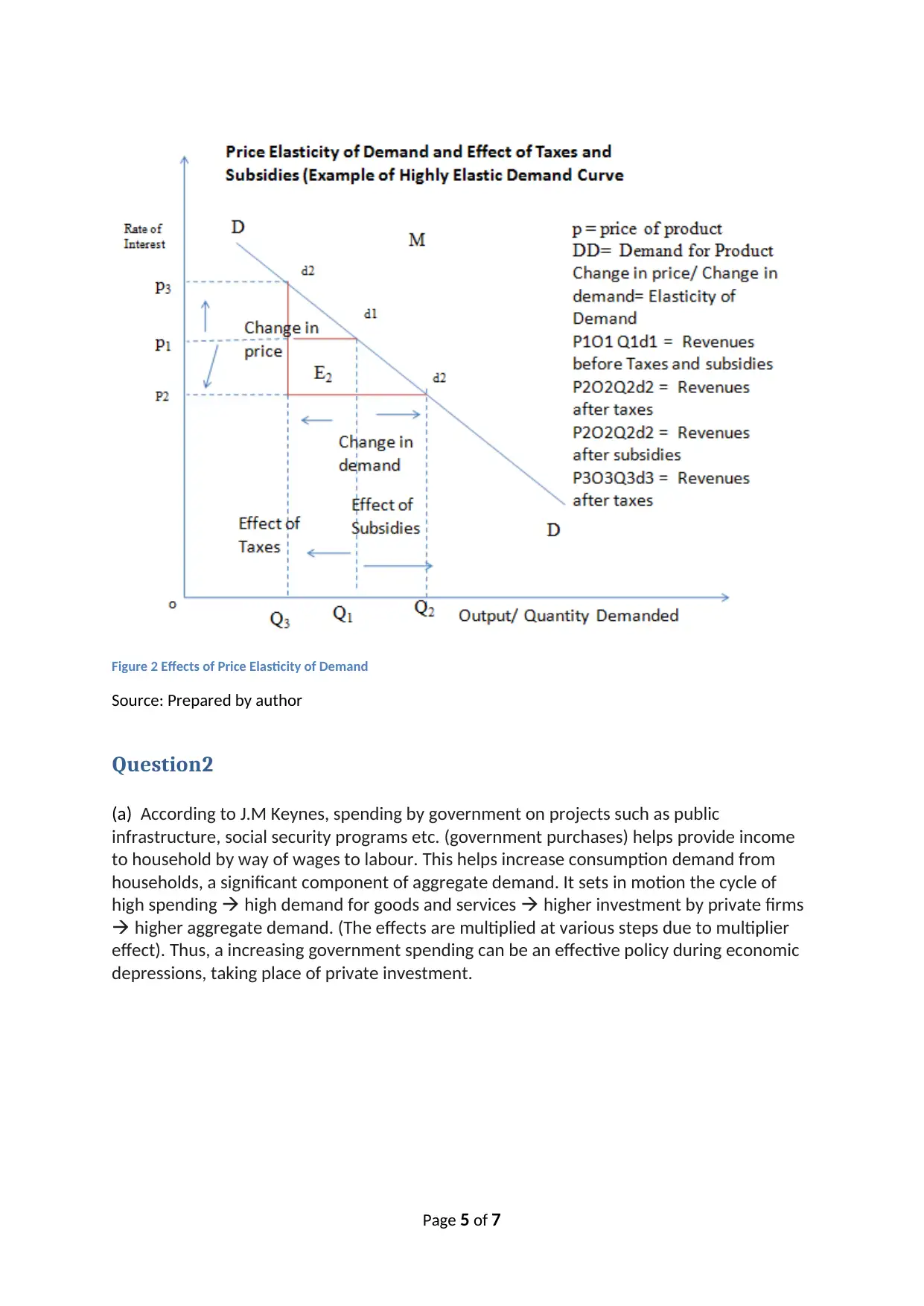
Figure 2 Effects of Price Elasticity of Demand
Source: Prepared by author
Question2
(a) According to J.M Keynes, spending by government on projects such as public
infrastructure, social security programs etc. (government purchases) helps provide income
to household by way of wages to labour. This helps increase consumption demand from
households, a significant component of aggregate demand. It sets in motion the cycle of
high spending high demand for goods and services higher investment by private firms
higher aggregate demand. (The effects are multiplied at various steps due to multiplier
effect). Thus, a increasing government spending can be an effective policy during economic
depressions, taking place of private investment.
Page 5 of 7
Source: Prepared by author
Question2
(a) According to J.M Keynes, spending by government on projects such as public
infrastructure, social security programs etc. (government purchases) helps provide income
to household by way of wages to labour. This helps increase consumption demand from
households, a significant component of aggregate demand. It sets in motion the cycle of
high spending high demand for goods and services higher investment by private firms
higher aggregate demand. (The effects are multiplied at various steps due to multiplier
effect). Thus, a increasing government spending can be an effective policy during economic
depressions, taking place of private investment.
Page 5 of 7
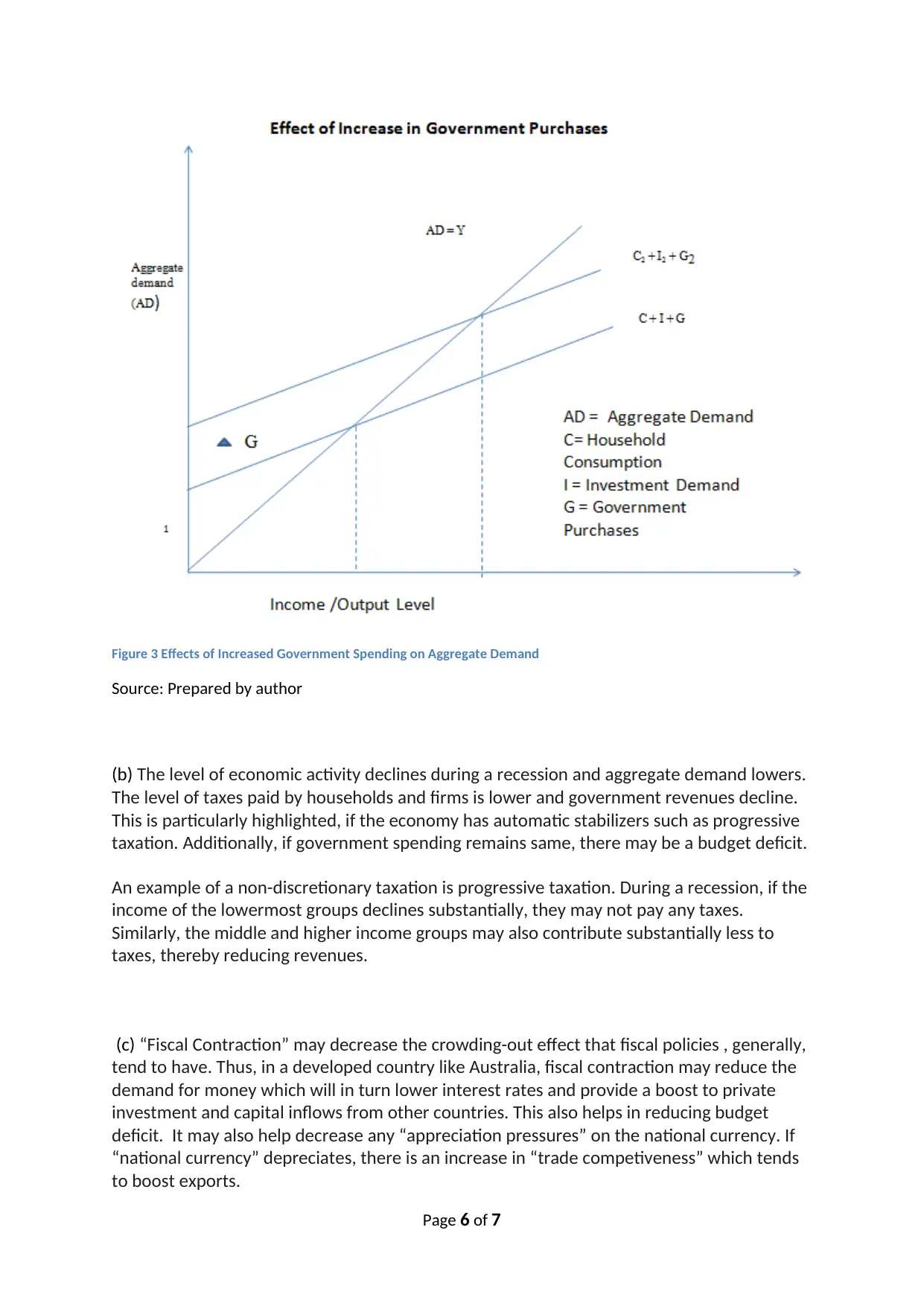
Figure 3 Effects of Increased Government Spending on Aggregate Demand
Source: Prepared by author
(b) The level of economic activity declines during a recession and aggregate demand lowers.
The level of taxes paid by households and firms is lower and government revenues decline.
This is particularly highlighted, if the economy has automatic stabilizers such as progressive
taxation. Additionally, if government spending remains same, there may be a budget deficit.
An example of a non-discretionary taxation is progressive taxation. During a recession, if the
income of the lowermost groups declines substantially, they may not pay any taxes.
Similarly, the middle and higher income groups may also contribute substantially less to
taxes, thereby reducing revenues.
(c) “Fiscal Contraction” may decrease the crowding-out effect that fiscal policies , generally,
tend to have. Thus, in a developed country like Australia, fiscal contraction may reduce the
demand for money which will in turn lower interest rates and provide a boost to private
investment and capital inflows from other countries. This also helps in reducing budget
deficit. It may also help decrease any “appreciation pressures” on the national currency. If
“national currency” depreciates, there is an increase in “trade competiveness” which tends
to boost exports.
Page 6 of 7
Source: Prepared by author
(b) The level of economic activity declines during a recession and aggregate demand lowers.
The level of taxes paid by households and firms is lower and government revenues decline.
This is particularly highlighted, if the economy has automatic stabilizers such as progressive
taxation. Additionally, if government spending remains same, there may be a budget deficit.
An example of a non-discretionary taxation is progressive taxation. During a recession, if the
income of the lowermost groups declines substantially, they may not pay any taxes.
Similarly, the middle and higher income groups may also contribute substantially less to
taxes, thereby reducing revenues.
(c) “Fiscal Contraction” may decrease the crowding-out effect that fiscal policies , generally,
tend to have. Thus, in a developed country like Australia, fiscal contraction may reduce the
demand for money which will in turn lower interest rates and provide a boost to private
investment and capital inflows from other countries. This also helps in reducing budget
deficit. It may also help decrease any “appreciation pressures” on the national currency. If
“national currency” depreciates, there is an increase in “trade competiveness” which tends
to boost exports.
Page 6 of 7
⊘ This is a preview!⊘
Do you want full access?
Subscribe today to unlock all pages.

Trusted by 1+ million students worldwide
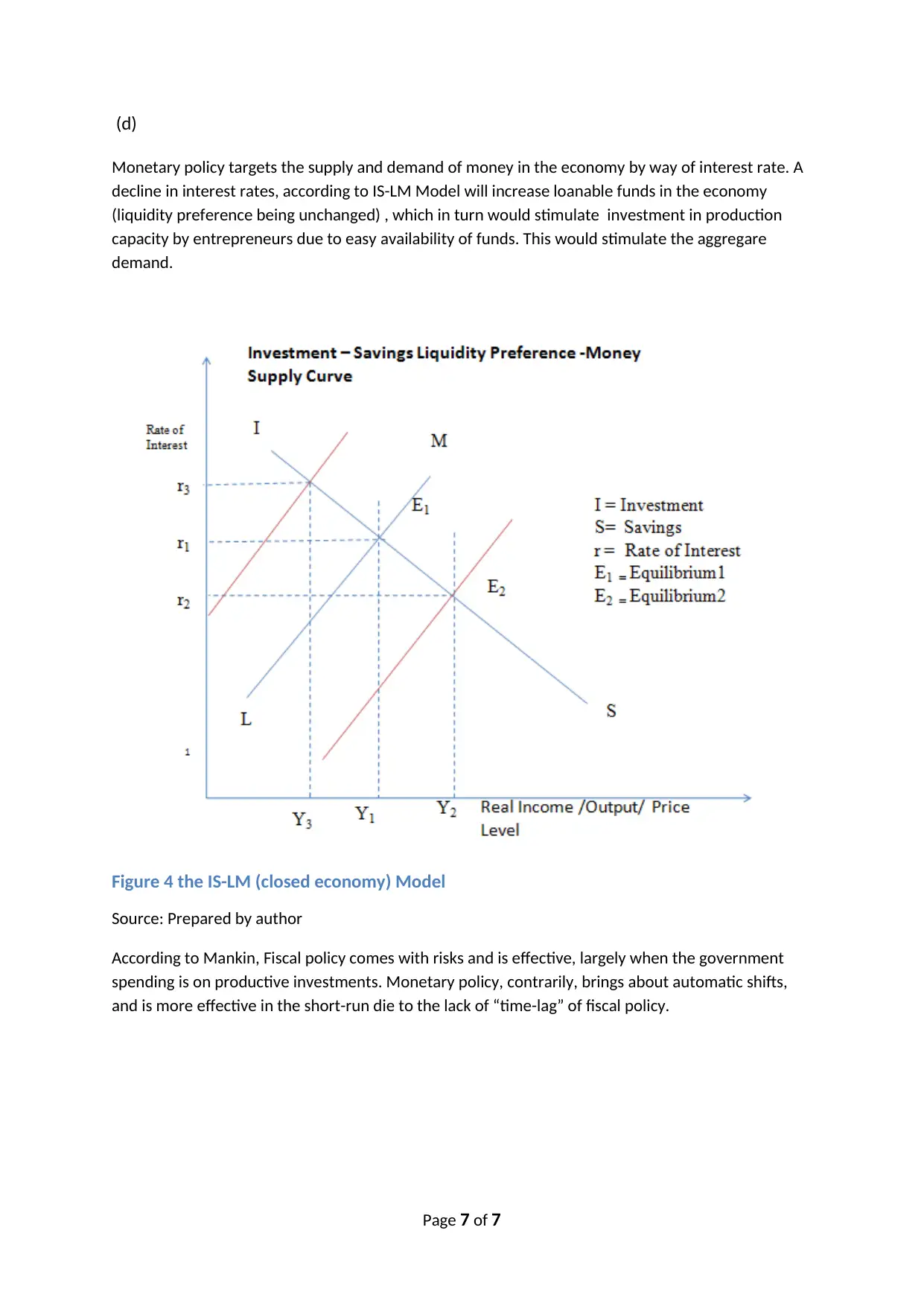
(d)
Monetary policy targets the supply and demand of money in the economy by way of interest rate. A
decline in interest rates, according to IS-LM Model will increase loanable funds in the economy
(liquidity preference being unchanged) , which in turn would stimulate investment in production
capacity by entrepreneurs due to easy availability of funds. This would stimulate the aggregare
demand.
Figure 4 the IS-LM (closed economy) Model
Source: Prepared by author
According to Mankin, Fiscal policy comes with risks and is effective, largely when the government
spending is on productive investments. Monetary policy, contrarily, brings about automatic shifts,
and is more effective in the short-run die to the lack of “time-lag” of fiscal policy.
Page 7 of 7
Monetary policy targets the supply and demand of money in the economy by way of interest rate. A
decline in interest rates, according to IS-LM Model will increase loanable funds in the economy
(liquidity preference being unchanged) , which in turn would stimulate investment in production
capacity by entrepreneurs due to easy availability of funds. This would stimulate the aggregare
demand.
Figure 4 the IS-LM (closed economy) Model
Source: Prepared by author
According to Mankin, Fiscal policy comes with risks and is effective, largely when the government
spending is on productive investments. Monetary policy, contrarily, brings about automatic shifts,
and is more effective in the short-run die to the lack of “time-lag” of fiscal policy.
Page 7 of 7
1 out of 7
Related Documents
Your All-in-One AI-Powered Toolkit for Academic Success.
+13062052269
info@desklib.com
Available 24*7 on WhatsApp / Email
![[object Object]](/_next/static/media/star-bottom.7253800d.svg)
Unlock your academic potential
Copyright © 2020–2025 A2Z Services. All Rights Reserved. Developed and managed by ZUCOL.





